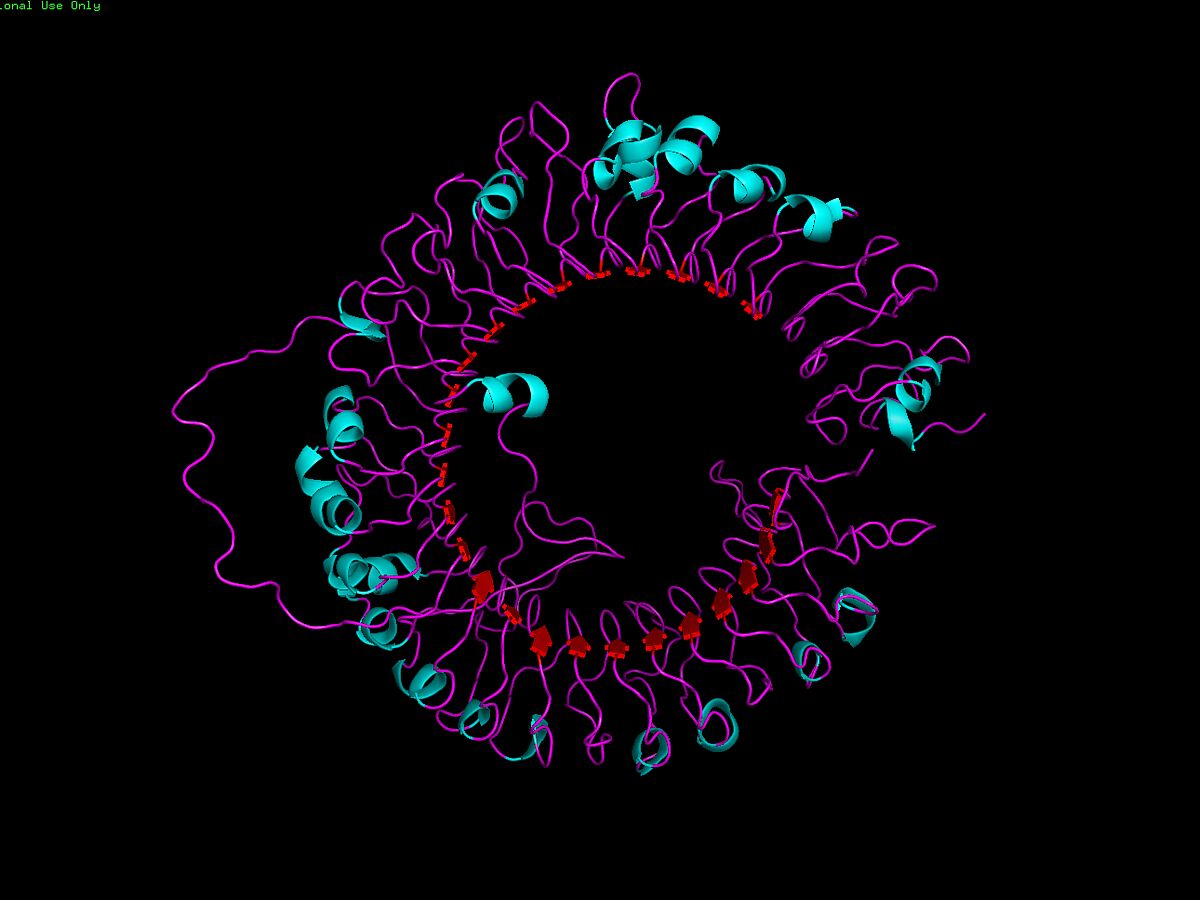An international team of scientists discovered that in bats Toll-like receptors, the first-line defence mechanism against invading pathogens, are different from other mammals. This suggests that the way bats recognise certain pathogens may be different than in other species and help explain why bats appear to suffer little from some pathogens which cause serious disease or mortality in other mammals. The study has been published in the scientific journal “Molecular Ecology”.
International scientists have characterised the evolutionary patterns of a specific type of immune receptors called “Toll-like receptors” (TLRs) in different bat species. They compared these with receptors of other mammals and discovered that the bat receptors show unique differences. This may have consequences for the functional recognition of specific pathogens and therefore the resistance against these pathogens, and may help explain why bats are not affected by many pathogens which are a serious challenge to many other mammalian species.
The study was conducted by an international team from the Department of Wildlife Diseases of the German Leibniz Institute for Zoo and Wildlife Research (IZW) in Berlin in close collaboration with the Centre for Geogenetics of the Natural History Museum of Denmark, the National Center for Research in Animal Microbiology of Mexico (CENID-INIFAP) and the National Autonomous University of Mexico (UNAM).
TLRs are a class of innate immune receptors. They are considered to be the first-line defence mechanism against invading pathogens, recognising a wide variety of pathogen-associated molecular signatures such as nucleic acids. From an evolutionary point of view TLRs are very interesting since their properties may vary among species, depending on the environment and the pathogens therein in which species live. “Bats exhibit traits unique amongst mammals, such as flight, and across different species they have an exceptional breadth in diet, a result of their long-term adaptation to a wide variety of environments and ecological niches. These niches also have specific pathogen profiles which are likely to have shaped the evolution of the bat TLRs in an order-specific manner,” says Marina Escalera from the IZW, leading author of the study. Given the special adaptations of bats, the researchers predicted that the bat TLRs differ from those of other mammals. They found that bats have acquired distinctive mutations fixed within the TLRs, which may have potential consequences for the pathogen recognising properties of these receptors.
“The changes found in the bat TLRs could reflect the reservoir status described for some bat species carrying specific pathogens,” explains Alex Greenwood, head of the Department of Wildlife Diseases at the IZW. Despite the wide acceptance of bats as reservoirs for different pathogens, the genetic variability of the bat immune system underlying such observation has been little investigated. The recent study reveals insights which show that this variability exists and in which direction the genetic basis of parts of the bat immune system deviates from those of other mammals.
Publication:
Escalera-Zamudio M, Mendoza MLZ, Loza-Rubio E, Rojas-Anaya E, Méndez-Ojeda ML, Arias CF, Greenwood AD (2015): The evolution of bat nucleic acid sensing Toll-like receptors. MOL ECOL; doi: 10.1111/mec.13431.
Contact:
| Leibniz Institute for Zoo and Wildlife Research (IZW) Alfred-Kowalke-Str. 17 10315 Berlin Germany Marina Escalera Phone: +49 30 5168-125 seetizw-berlin.de |


